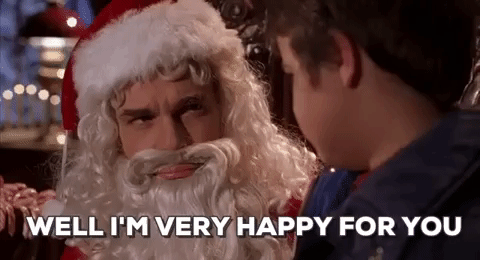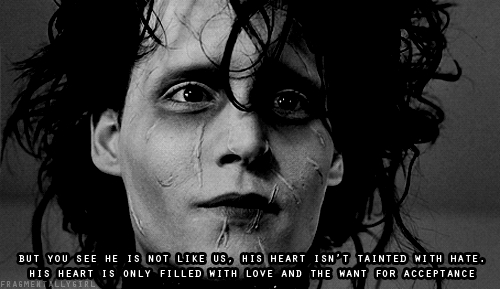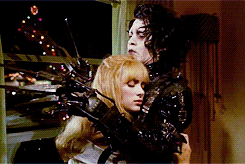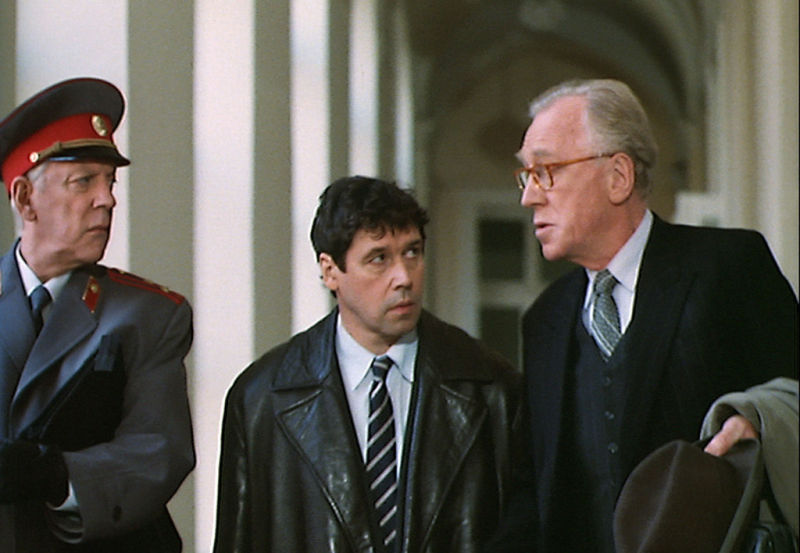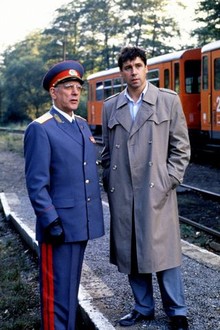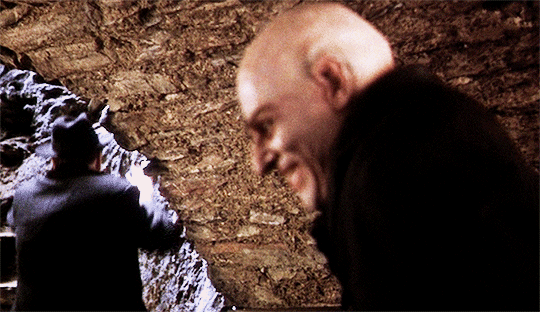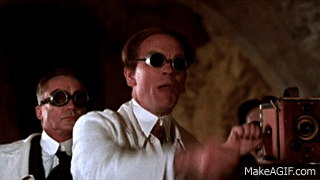The holidays are a time for joy, family, good will, and laughter. For con-man Willy Stokes, however, its seasons scammings. 2003's hit comedy Bad Santa follows Willy as he attempts to pull off the greatest scheme of his criminal career, all while in the guise of a department store Santa Claus. Along the way, he discovers found family, redemption, and just maybe something resembling the holiday spirit. This Christmas, discover how fun it is to be on the naughty list with Bad Santa.

The story begins with Willy and his partner in crime, Marcus, robbing a department store while under cover as Santa and an elf. One year later Willy has wasted most of his share of the loot, leaving him unable to refuse Marcus offer of one last job. The pair go about arranging their usual scam with Willy taking a job as a department store Santa while Marcus is again cast as Santa's elf. The job is soon complicated, however, by the store's suspicious manager and conniving security chief. Just as the duo's scheme threatens to unravel a Christmas miracle arrives in the form of gullible, dim-witted, customer Thurman Merman. Believing that Willy really is Santa, the boy offers him the family car and access to the family safe. What begins as a convenient arrangement grows into something more as Willy begrudgingly takes on the role of Thurman's mentor, protector, and father-figure. What follows is a madcap caper that will have even the hardest humbugs chuckling 'ho, ho, ho'.
Bad Santa is the perfect blend of humor and heart. The film makes the most of its absurd premise by juxtaposing Willy and Marcus' crudeness and criminality with the supposed wholesomeness of their department store roles. In this way, the film speaks to the Grinch in all of us as it follows the duo through a endless lines of screaming children, nagging mothers, and cheery coworkers that would leave mana a Santa begging for New Year's. Beyond its most obvious gags, the film relates an all too human tale of hard times, regrets, and redemption. With the arrival of Thurman the film does more than give Willy a dupe to pull one over on, it gives him a reason to keep going. Despite his blatant efforts to manipulate and use the naive boy, Willy finds himself increasingly looking out for Thurman's best interests. By the film's finale the pair's unlikely friendship inspires Willy to a selflessness worthy of St. Nick. Laugh all the way this Christmas with Bad Santa.

The film brings it off beat tale of yuletide larceny to uproarious life thanks to the work of its cast. Lauren Graham blends sultriness and sweetness as local bartender turned Willy's love interest, Sue. John Ritter turns in a hilariously neurotic turn worthy of Gene Wilder as store manager, Bob. Bernie Mac balances smooth and sinister as the store's unscrupulous security guard, Gin. Tony Cos steals each scene in which he appears as Willy's sharp-witted partner, Marcus. Brett Kelly lends the film its heart as innocence and wonder of Christmas personified, Thurman. Billy Bob Thorton is nothing short of iconic as Willy. In his hands, what easily could have been a one-note caricature is instead a by turns tragic, hilarious, and surprisingly touching portrait of a man in desperate need of redemption.
At once a pitch-black comedy and a heartfelt tribute to the holiday spirit
Bad Santa is a modern Christmas classic. The script balances black humor with yuletide sentiment to expert effect. The performances bring each of the characters to uproarious, unforgettable, life. This Christmas sike your eggnog and embark upon some holiday hijinks with
Bad Santa.






